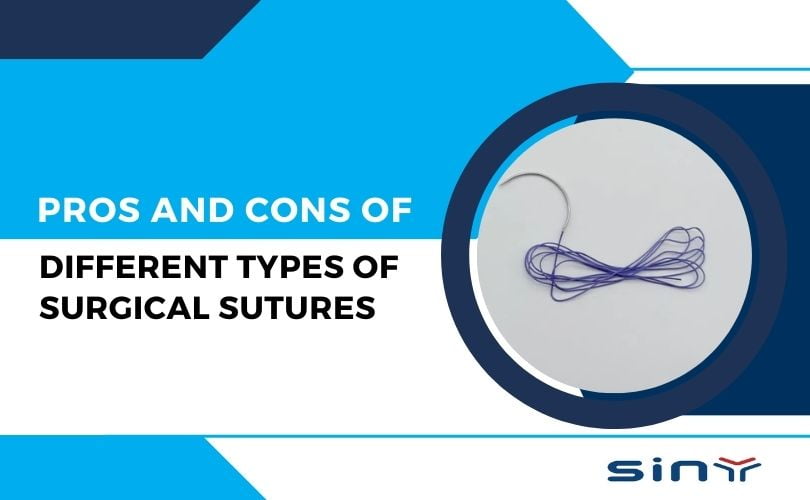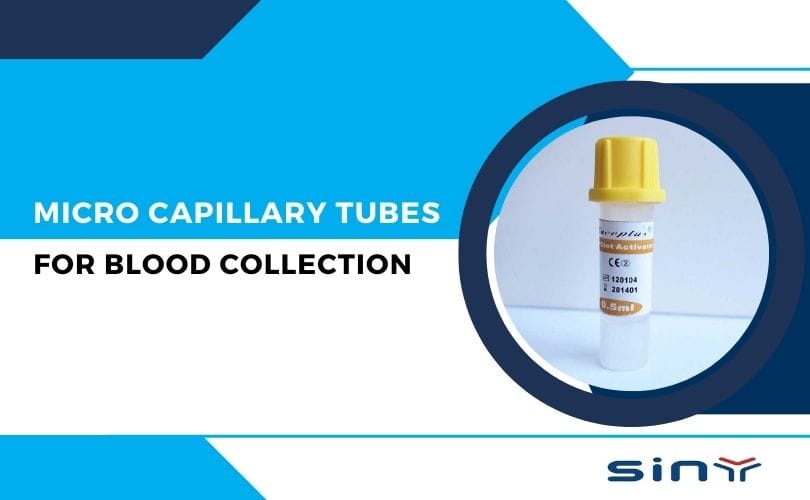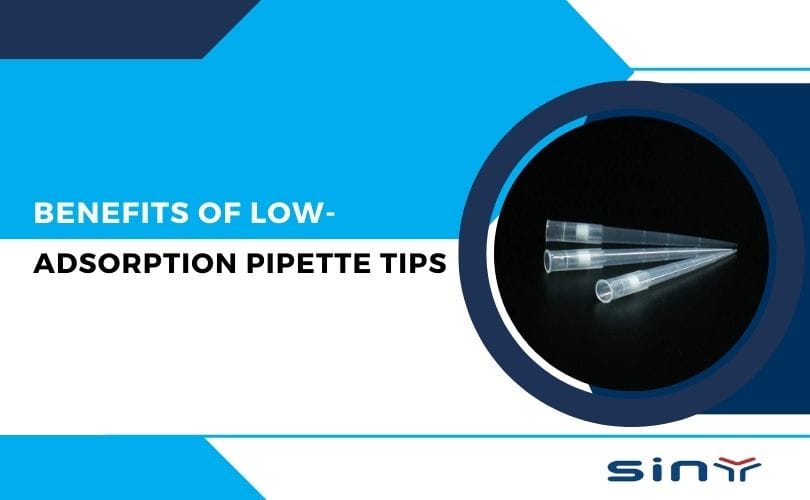Surgical sutures play a crucial role in wound closure and healing. Choosing the right type of suture can make a significant difference in patient outcomes. In this guide, we’ll explore the pros and cons of different types of surgical sutures, helping you make informed decisions in the operating room.
Table of Contents
Introduction to Surgical Sutures
Surgical sutures are medical devices used to hold body tissues together after an injury or surgery. They come in various types, each designed for specific applications and conditions. The choice of suture depends on several factors, including the type of tissue, the required healing time, and the potential for infection.

Types of Surgical Sutures
Surgical sutures can be broadly classified into two categories: absorbable and non-absorbable. Within these categories, there are several types of sutures, each with unique properties and applications.
Absorbable Sutures
Absorbable sutures are designed to be broken down by the body over time. They are typically used in tissues that heal quickly or in internal tissues where suture removal would be difficult.

- Polyglycolic Acid (PGA) Sutures
- Pros:
- High tensile strength
- Predictable absorption rate
- Minimal tissue reaction
- Cons:
- Higher cost compared to some other sutures
- May not be suitable for tissues that require longer healing times
- Pros:
- Polydioxanone (PDS) Sutures
- Pros:
- Prolonged absorption period (up to 6 months)
- Strong and flexible
- Low tissue reactivity
- Cons:
- More expensive
- Can be harder to handle due to its stiffness
- Pros:
- Polyglactin (Vicryl) Sutures
- Pros:
- Excellent handling and knot security
- Predictable absorption (about 60-90 days)
- Minimal tissue reaction
- Cons:
- May not provide sufficient strength for long-term support
- Slightly more expensive than PGA sutures
- Pros:
Non-Absorbable Sutures
Non-absorbable sutures are not broken down by the body and must be removed once the tissue has healed. They are typically used in tissues that take longer to heal or in external tissues.

- Silk Sutures
- Pros:
- Excellent handling and knot security
- Cost-effective
- Cons:
- Can cause significant tissue reaction
- Loses tensile strength over time
- Pros:
- Nylon Sutures
- Pros:
- High tensile strength
- Minimal tissue reactivity
- Smooth passage through tissue
- Cons:
- Can be difficult to handle and knot
- Non-absorbable nature requires removal
- Pros:
- Polypropylene (Prolene) Sutures
- Pros:
- Excellent for use in vascular and cardiac surgeries
- Minimal tissue reactivity
- Maintains tensile strength indefinitely
- Cons:
- More expensive
- Slippery, making knot tying challenging
- Pros:
- Polyester Sutures
- Pros:
- High tensile strength
- Good for long-term support
- Low tissue reactivity
- Cons:
- Can be difficult to handle
- More expensive than nylon or silk
- Pros:
Needles for sutures
A needle is needed for every type of sewing in order to pass the thread through the tissues. Suture needles consist of three pieces and are constructed of stainless steel alloys:
- a narrow point which is driven into the tissue
- a wider body which is grasped by the needle holder
- a swage where it joins with the suture material
The Benefits of Surgical Sutures
Surgical sutures materials play a pivotal role in the success of medical procedures. They help close wounds, promote healing, and minimize infection risks, ensuring optimal surgical outcomes. Here, we explore the key benefits of using surgical sutures in healthcare.
Efficient Wound Closure
Surgical sutures reliably close wounds by securely bringing the edges together. This promotes quicker and more efficient healing.
Minimized Infection Risk
Many sutures are designed to be sterile and resist infection. Some even come with antibacterial properties, which further reduce the risk of surgical site infections.
Customizable to Tissue Type
Surgical sutures come in a variety of materials, allowing for selection based on the specific needs of different tissue types. This customization ensures optimal healing conditions.
Long-Term Support
Certain types of non-absorbable sutures provide long-term support for tissues that take longer to heal. This ensures stability and proper tissue repair over an extended period.
Factors to Consider When Choosing Sutures
Tissue Type and Healing Time
Different tissues have varying healing times and requirements. For instance, skin heals faster than tendons or ligaments.
Infection Risk
Some sutures are more prone to causing infections than others. Absorbable sutures may reduce infection risks in internal tissues.
Suture Handling and Knot Security
The ease of handling and the security of knots are crucial for the success of the procedure.
Possibility of infection
An important factor to take into account is the possibility of infection. Due to their smooth surface, monofilament sutures reduce the possibility of harboring bacteria and therefore reduce the risk of postoperative infection. Although multifilament sutures are flexible, there is a slight risk of infection.
Summary
Choosing the right surgical suture is essential for optimal surgical outcomes. By understanding the pros and cons of different types of surgical sutures, healthcare professionals can make informed decisions that enhance healing and reduce complications. Whether it’s absorbable sutures like PGA, PDS, or Vicryl, or non-absorbable options like silk, nylon, or polypropylene, each type has its place in surgical practice.
FAQs
What is the difference between absorbable and non-absorbable sutures?
Absorbable sutures break down naturally in the body over time, while non-absorbable sutures require removal after the tissue heals.
Which suture is best for skin closure?
Sutures are designed to minimize infection risk, but improper handling or patient factors can still lead to infections.
Can sutures cause infections?
While sutures themselves are designed to minimize infection risk, improper handling or patient factors can still lead to infections.
How long do absorbable sutures last?
Absorbable sutures can last from a few days to several months, depending on the material used.
Are there any alternatives to sutures?
Yes, alternatives include staples, adhesive tapes, and surgical glues, depending on the specific requirements of the wound and procedure.



























































